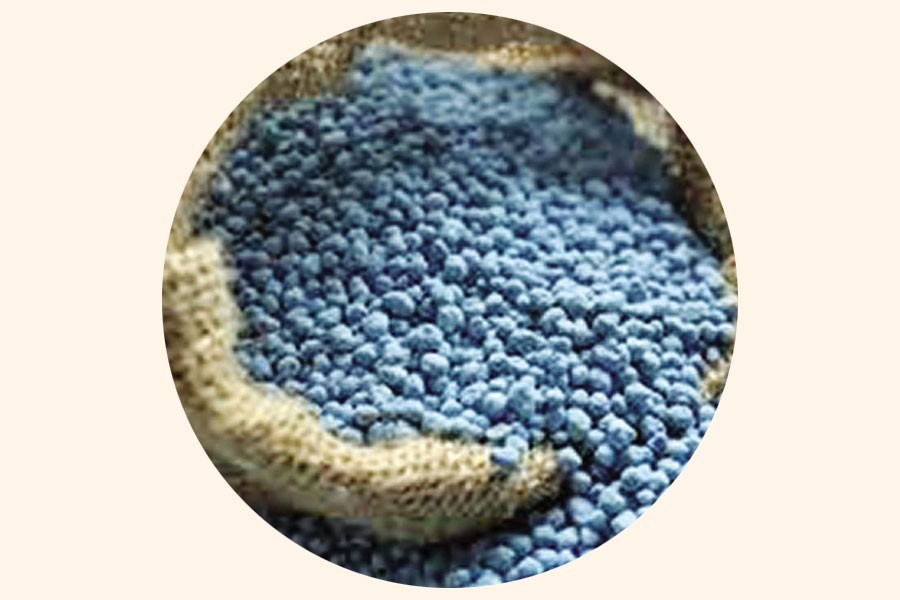This year, farmers in the country are generally facing a tough time to go about their usual farming. Particularly, they have been facing a daunting challenge in cultivation of the nation's staple, rice, on account of the twin problems of a lack of rains and floods in a wide swathe in the north east. If the rice bowl of the north is smarting under scorching heat and a near-drought situation, Sylhet and Sunamganj, where haors (swamps) are located accounting for good paddy crops, are reeling from severest floods that occurred twice this year. Now comes the government decision of increasing fertiliser price. On the paper, the increase of Tk 6.0 per kilogram urea may not look big and even seem rational because it has been effected in 11 years after the last increase in 2011. It is the urea that has become costlier right now and there is an indication that the prices of Di-ammonium phosphate (DAP), muriate of potash (MOP) and triple superphosphate (TSP) may as well be raised. Sure enough, the higher prices of chemical fertilisers in the international market dictate price increase in the domestic market as well because the bulk of those agricultural inputs are imported.
However, when the issue of food security is concerned with farmers' participation in the cultivation process, particularly that of the small among them, the extra burden on them is likely to be not only heavy but also upset the target of staple production. The government has for over a decade resisted the temptation of raising fertiliser prices with a definite objective. What has prompted it to go for this unpopular decision at a time when farmers are at the receiving end of Nature’s hostility? Also, urea has registered a drop in price from Tk 96 to Tk 81 a kilogram lately in the international market. Better it would have been to wait for at least the Aman cultivation season, giving farmers some respite.
Clearly, the ripple effects of this price increase are most likely to be multi- dimensional. Rise in production cost of paddy will definitely push up prices of paddy for consumers. Already the rice market is volatile enough due mostly to its manipulation by millers and traders. The government’s repeated appeals for keeping the market stable fell on deaf ears. The differences in prices of similar varieties of rice in India and Bangladesh bear witness to the unholy market mechanism here. Actually, the benefits of subsidy on agriculture are dishonestly wrested by the quarters controlling the middle points between producers and consumers.
In fact, there was a need for taking care of this unholy mechanism in between for streamlining the staple business. The government then could do without raising fertiliser price. Even the champions of free market economy like the USA, pamper farmers producing their staple and other crops by generously offering subsidies. It is because input costs have gone up compared to the rate of growth in crops. No prescription advanced by outside quarters should be entertained in this regard. If the country’s farmers survive, the country will also survive. It may sound simplistic but is an unavoidable truth.


